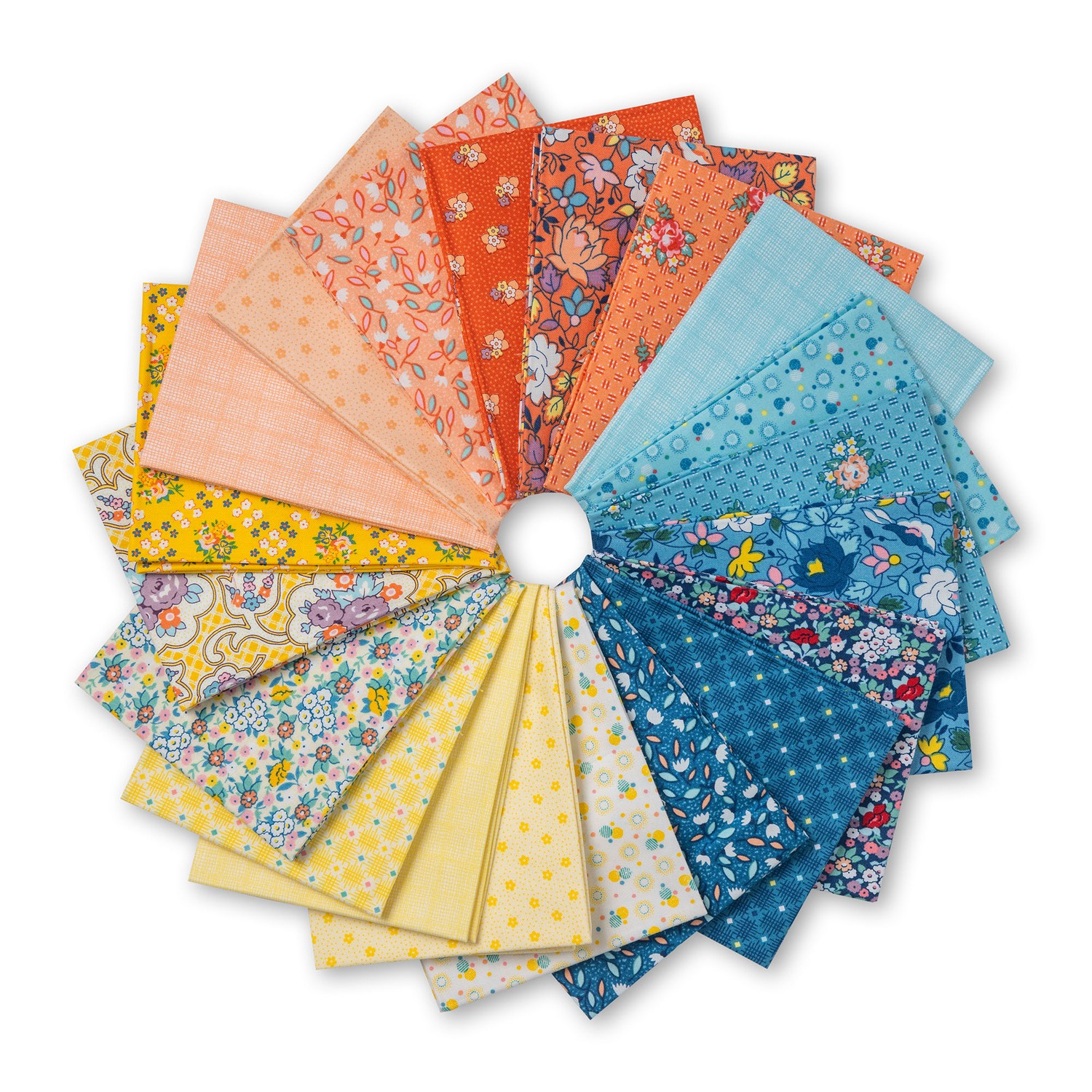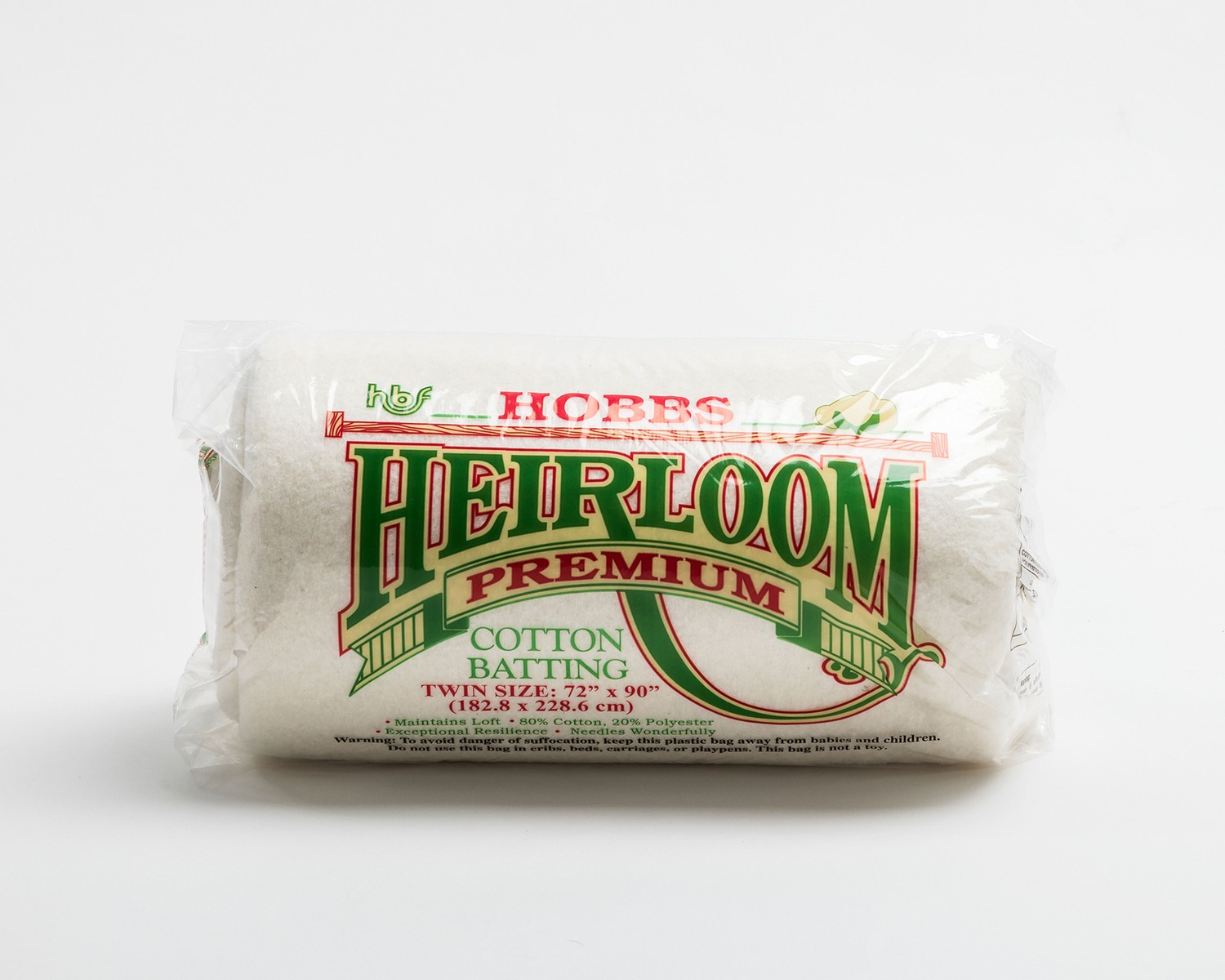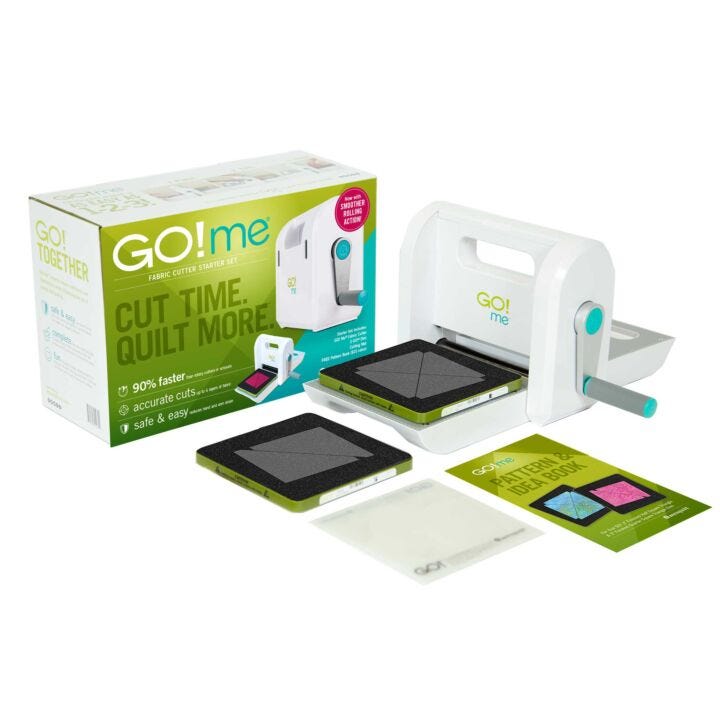Quilted Reusable Tote Bag with Thrifted Fabric
My sewing machine sat in the closet for months because every project I looked at required perfect fabric choices and precise measurements that made my head spin. Then I discovered the beauty of patchwork bags made from whatever I could find at the thrift store or dig out of my fabric scraps bin. This beginner-friendly sewing project is perfect for those who want to reduce waste while creating a stylish, personalized bag that nobody else will have. By using thrifted and upcycled materials, you'll craft a unique patchwork design that's practical, sustainable, and completely one-of-a-kind imperfections included and celebrated.
Is This Project For Me?
If you're tired of buying bags that look like everyone else's and want to try sewing without the pressure of expensive fabric, this is perfect for you. You want something useful that doesn't require advanced skills or a huge investment in supplies. This works whether you're completely new to sewing or getting back to it after years away. You can use fabric scraps, old clothes, thrift store finds, or whatever's been sitting in your craft stash. If you love the idea of creating something beautiful from materials that might otherwise get thrown away, this belongs on your list. Check out the free printable Fiber Arts Quick Guide below.
Get The Guide
Ready to stop feeling lost every time you pick up needles or thread? This guide covers the core techniques, tools, and terms for knitting, crocheting, weaving, and simple sewing. No more guessing, just clear steps and beginner checklists so you can actually start (and finish) projects you love.
Disclosure
Some links on FiberMaiden are affiliate links. When you click and purchase, I may earn a small commission at no extra cost to you. I partner only with brands and tools I trust and use in my own kitchen, studio, and garden. Your support means a lot.
Get 3 Free Recipe Sheets
Ready for recipes that don't require a culinary degree to follow? Get seasonal recipe sheets designed for real kitchens and busy lives, the kind that work even when your kids are asking for snacks mid-prep.
Troubleshooting and Safety
Let's talk about what might have you questioning your sewing abilities, because even forgiving projects can throw curveballs. Wonky seams that don't line up perfectly? Welcome to the world of patchwork - those little imperfections are actually part of the charm. Don't stress about making everything match exactly; the random, handmade look is what makes these bags special.
Fabrics that are different weights and won't cooperate? I learned this the hard way when mixing denim with cotton and ending up with puckered seams. Try to group similar fabric weights together, or add interfacing to lighter fabrics to even things out.
Bag that's too floppy or won't hold its shape? You probably need some structure inside. Add interfacing or even repurpose cardboard from a cereal box for the bottom - sustainability wins again.
If your machine is skipping stitches or threads are breaking, check your needle. Different fabric weights need different needles, and a dull needle will fight you every step of the way.
Frequently Asked Questions
What materials work best for a patchwork bag
Do I need a sewing machine
How big should the bag be
How do I plan the patchwork design
Do I need a lining
How do I finish the handles
How should I care for a patchwork bag
Fiber Arts Quick Guide
One page for yarn weights, needle & hook sizes, gauge basics, and quilt math. Keep within reach while you work.
Yarn weights at a glance
| Weight | CYC # | Knit gauge (sts/4 in) • Needles US | Crochet gauge (sts/4 in) • Hook |
|---|---|---|---|
| Lace | 0 | 33–40+ • 000–1 | 28–36+ • Steel/B–C |
| Fingering / Sock | 1 | 27–32 • 1–3 | 21–32 • B–E (2.25–3.5 mm) |
| Sport | 2 | 23–26 • 3–5 | 16–20 • E–7 (3.5–4.5 mm) |
| DK | 3 | 21–24 • 5–7 | 12–17 • 7–I (4.5–5.5 mm) |
| Worsted | 4 | 16–20 • 7–9 | 11–14 • I–K (5.5–6.5 mm) |
| Bulky | 5 | 12–15 • 9–11 | 8–11 • K–M/N (6.5–9 mm) |
| Super Bulky | 6 | 6–11 • 11–17 | 5–9 • M/N–Q (9–15 mm) |
| Jumbo | 7 | 1–6 • 17+ | 0–5 • Q+ (15 mm+) |
Always swatch. Fiber content, twist, and your tension change gauge.
Needle and hook conversions
Knitting needles (US ↔ mm)
| US | mm |
|---|---|
| 0 | 2.00 |
| 1 | 2.25 |
| 2 | 2.75 |
| 3 | 3.25 |
| 4 | 3.50 |
| 5 | 3.75 |
| 6 | 4.00 |
| 7 | 4.50 |
| 8 | 5.00 |
| 9 | 5.50 |
| 10 | 6.00 |
| 10.5 | 6.50 |
| 11 | 8.00 |
| 13 | 9.00 |
| 15 | 10.00 |
Crochet hooks (Letter ↔ mm)
| Hook | mm |
|---|---|
| B | 2.25 |
| C | 2.75 |
| D | 3.25 |
| E | 3.50 |
| F | 3.75 |
| G | 4.00 |
| 7 | 4.50 |
| H | 5.00 |
| I | 5.50 |
| J | 6.00 |
| K | 6.50 |
| L | 8.00 |
| M/N | 9.00 |
| N/P | 10.00 |
Gauge and swatch basics
- Knit or crochet a 6 × 6 in swatch. Wash and lay flat to dry.
- Measure the center 4 in square. Count stitches and rows.
- Stitches per inch: stitches in 4 in ÷ 4. Rows per inch: rows in 4 in ÷ 4.
Cast on = target width (in) × stitches per inch + 2 edge stitches.
Rows to length = target length (in) × rows per inch.
Quilt and sewing quick math
- Seam allowances: quilting 1/4 in • garments 5/8 in
- Half-square triangles (HST): cut size = finished size + 7/8 in (or add 1 in and trim to square)
- Quarter-square triangles (QST): cut size = finished size + 1 1/4 in
- Binding estimator: total length = perimeter + 12 in; strip count = ceil(total ÷ WOF). Typical strip width 2.5 in
- Prewash tips: prewash reds/darks. Press, square the grain, then cut.
Labeling and project notes
- Yarn or fabric source, colorway, lot, and fiber content
- Gauge and needle or hook size
- Pattern name and size adjustments
- Wash and care instructions
© FiberMaiden • www.fibermaiden.com













